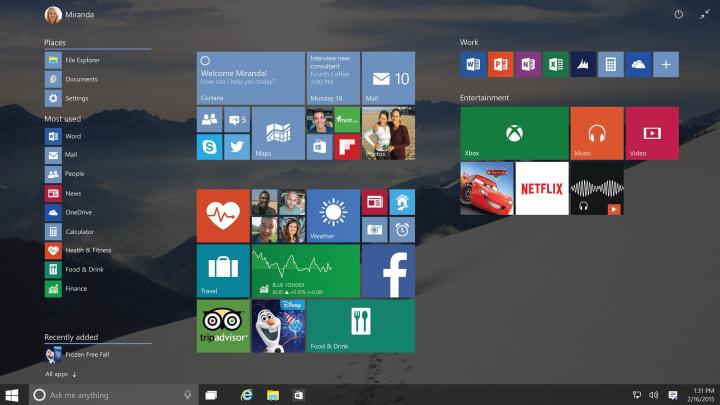
Microsoft has already announced that Windows 10 will be free for Windows 7, Windows 8.1, and Windows Phone users, which leaves people purchasing and building new computers out. However, Microsoft announced that it would be a free upgrade for only a year after its launch, which means users might need to sign up for a subscription after that year. Or, users upgrading outside of the first year might need to pay something.
It’s important to note that at Microsoft’s recent Windows 10 event OS chief Terry Myerson stated, “With Windows 10, we think of Windows as a service.” Does that mean the company plans to charge a subscription to use it? Only time will tell, but it definitely implies the company won’t offer a way to buy the Windows 10 license the way it was traditionally sold. The filing of the “Windows 365” trademark lends credence to speculation that a subscription model is on the way.
Another possibility is that Microsoft has filed this trademark as a defensive measure to make sure no one else does. If that is the case, we still don’t know how Microsoft will charge users who upgrade after the first year, or those who are getting a new license without an upgrade. If this scenario holds true, perhaps Microsoft will make Windows 10 free for them as well.
One way or the other, Microsoft hasn’t fully revealed its pricing strategy for Windows 10, and it will be interesting to see in which direction the company goes.


